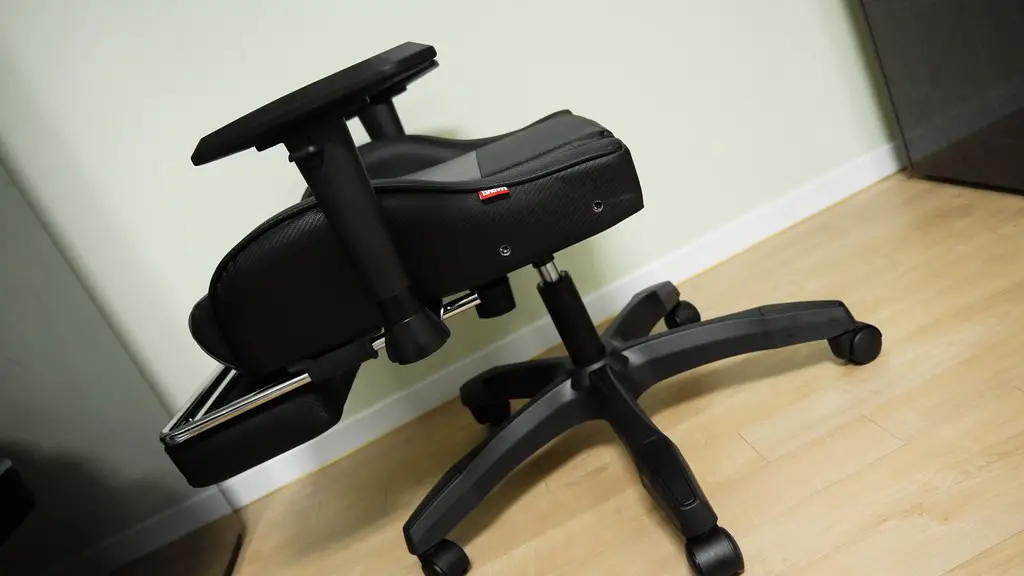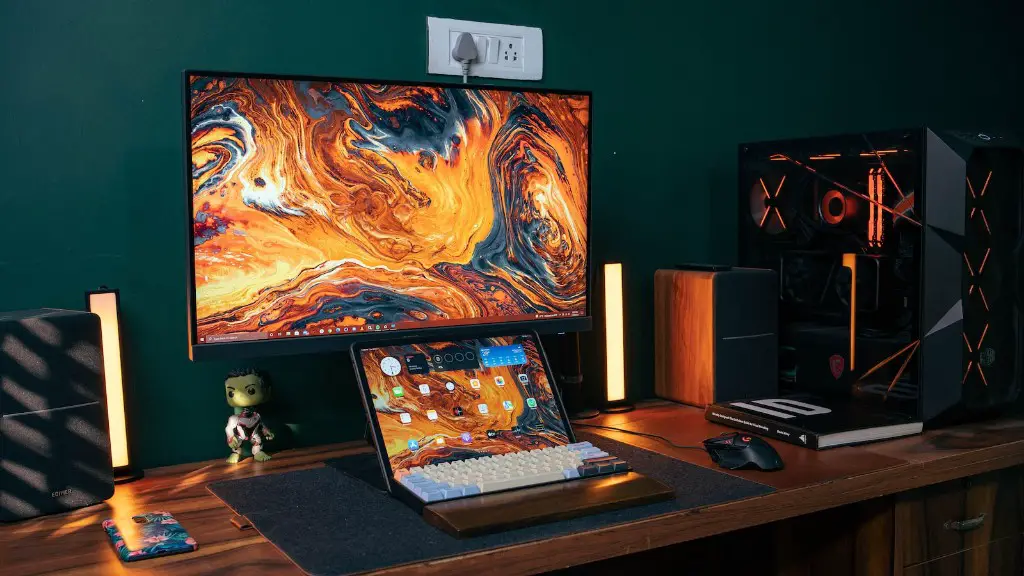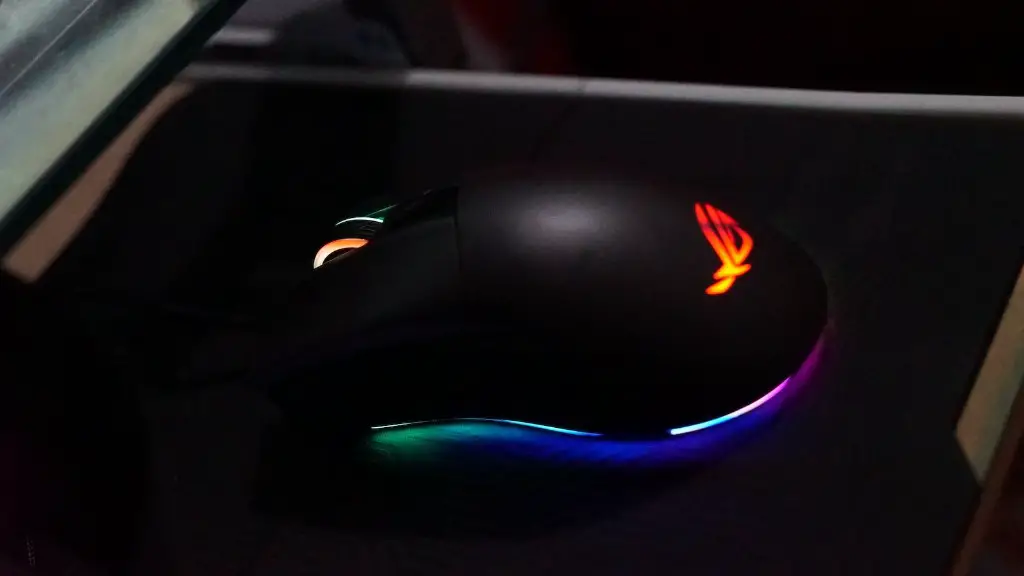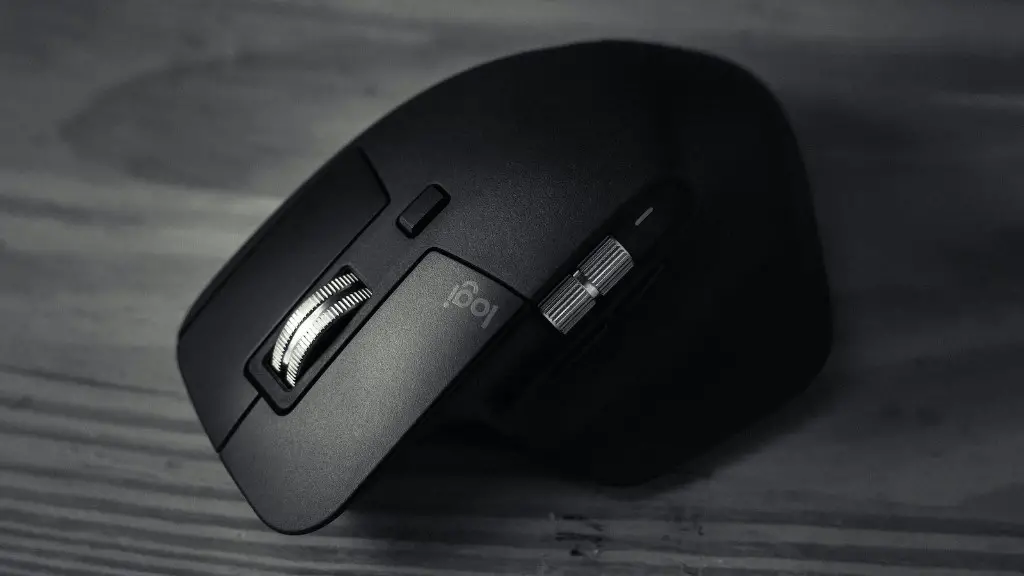For gamers, choosing a good gaming monitor is paramount. While there are a ton of options available, they don’t all provide the same performance or experience. To help you along, here we’ve put together a comprehensive guide on what to look for to make sure you get the best gaming monitor for your needs.
First and foremost, the most important factor to consider is screen size. Generally, the bigger the monitor, the better the gaming experience. Good gaming monitors range from 24-inch to 40-inch models. Smaller screens provide a more focused experience, while larger monitors provide more immersive visuals. Additionally, it’ll depend on how far from the monitor you’re sitting, and how much desk space you have.
Next, refresh rate is a crucial element for gaming. It affects how smooth the visuals appear and performs, so the higher it is, the better. Refresh rates range from 60Hz to 240Hz, so the closer to 240Hz the better the monitor will be for gaming. Anything lower than 120Hz won’t provide you with good graphics performance.
Then there’s the resolution to take into consideration; the higher the resolution, the better the picture. As with refresh rate, the higher the resolution, the better your gaming experience will be. The most common resolutions range from 1080p to 4K, while 8K is also slowly becoming available. Another decision to make is whether to get a curved or flat screen monitor. Curved monitors provide a more comfortable viewing experience due to its radius and it provides better immersion. On the other hand, flat monitors offer a wider viewing angle and a greater contrast ratio, while their size can be an issue.
Furthermore, you should also consider the type of panel the monitor has. TN panels offer the highest refresh rates but are notorious for having bad color reproduction and contrast, while IPS panels offer better color accuracy and wider viewing angles but have lower refresh rates and slower response times. VA panels, on the other hand, provide great color accuracy, excellent contrast, and wide viewing angles; but, like IPS panels, have lower refresh rates.
Lastly, you should pay attention to the input ports. For example, you might want a display port for a higher refresh rate monitor but not all monitors come with one. Other ports such as HDMI and DVI-D should be checked, as the latter can provide higher resolutions. Although USB ports aren’t essential, it can be useful to have them.
How A Gaming Monitor Can Help Improve Performance
Having a good gaming monitor can make a huge difference to player performance. For instance, when playing competitive games, having a high refresh rate monitor will give you the edge over your opponents by providing a smoother gaming experience. Additionally, having a larger monitor will make it easier to target and spot opponents, as well as give you more of an immersive experience.
Another advantage of a good gaming monitor is better image quality. Higher resolutions provide sharper images, while different panel types will produce better contrast and color. High refresh rates also make it easier to spot opponents and follow the action, while larger monitors increase the sense of immersion.
A good gaming monitor can also reduce eye strain and headaches, which can occur after long gaming sessions on low quality monitors. This is particularly important for professional gamers, or those who play a lot of games and need the best performance they can get.
Finally, good gaming monitors also perform better with G-Sync or FreeSync technology. This will reduce screen tearing and improve the overall experience. G-Sync limits the frame rate to the refresh rate of the monitor, whereas FreeSync offers a variable refresh rate that can adjust according to your frame rate.
How To Choose The Best Gaming Monitor For Your PC
When it comes to choosing a gaming monitor for your PC, there are a few things you need to consider. First, make sure that it is compatible with your video card. Some video cards require a special type of monitor, such as one with an AMD FreeSync or Nvidia G-Sync module to take full advantage of its features.
Aside from that, you should also consider the monitor size. For example, if you have a smaller desk, then you may want to go for a smaller monitor. Higher resolutions will present more detailed images, but if you’re playing on a smaller monitor, this may not be necessary. On the other hand, if you have a larger desk, then you should opt for a larger monitor with higher resolutions.
Furthermore, the refresh rate is another important factor to take into account. Higher refresh rates will provide a smoother experience with less lag, while lower refresh rates can cause stuttering and latency. If you’re playing a game that demands quick reactions, then a monitor with a high refresh rate is beneficial.
Finally, the type of panel used in the monitor can also affect your gaming experience. IPS panels provide better color accuracy and wider viewing angles, but at the expense of lower refresh rates. TN panels, on the other hand, offer higher refresh rates but have poor color reproduction and contrast.
What Are The Different Types Of Gaming Monitors?
When shopping for gaming monitors, there are several different types to choose from. The most common type is the LED monitor, which provides excellent color accuracy and contrast and relatively decent responsiveness. LED monitors are generally cheaper than other types of monitors and come in a variety of sizes.
Another popular choice is the OLED monitor, which offers excellent contrast, color accuracy, and response times. However, OLED monitors are much more expensive than LED models and are prone to burn-in. Additionally, OLED monitors are only available in smaller sizes.
Finally, TN monitors offer the highest refresh rates but come with poorer color accuracy and viewing angles. VA monitors, on the other hand, provide excellent contrast, color accuracy, and viewing angles; but at the expense of lower refresh rates. IPS panels also offer great color accuracy and wide viewing angles but with low refresh rates.
What Are The Advantages And Disadvantages Of A Gaming Monitor?
The most obvious advantage of a gaming monitor is improved image quality, as higher resolutions and refresh rates provide sharper visuals and smoother gaming. Additionally, larger monitors provide a more immersive experience, while curved monitors offer a more comfortable viewing experience.
However, gaming monitors can be expensive, particularly models with higher refresh rates and resolutions. Furthermore, certain features such as G-Sync and FreeSync can be expensive and require a compatible video card. Although these technologies can offer significant advantages, such as reduced screen tearing and improved performance, they might not be worth the extra cost for some gamers.
Another disadvantage is that some gaming monitors, particularly TN models, can be limited in terms of color accuracy and contrast. This can cause the picture to look washed out and the colors to appear inaccurate, which can take away from the overall gaming experience.
Why Is A Good Gaming Monitor Important?
With the plethora of gaming monitors available, it can be difficult to decide which one to choose. But having a good gaming monitor is essential to getting the most out of your gaming experience. For example, higher resolutions provide sharper images, while higher refresh rates offer smoother visuals. Additionally, larger monitors provide an more immersive experience, while different panel types can produce better contrast and color.
Good gaming monitors also reduce eye strain, which is important for gamers who play for long periods of time. Furthermore, features such as G-Sync and FreeSync can be beneficial to competitive gamers, as they offer better performance and reduce screen tearing.
Finally, having a good gaming monitor can help you stay ahead of the competition and give you an advantage in competitive play. Higher refresh rates and resolutions provide a smoother experience that allow you to react to action quicker, while larger monitors make it easier to spot opponents.




